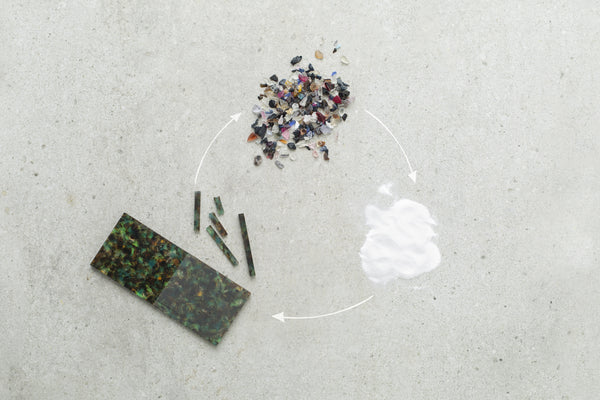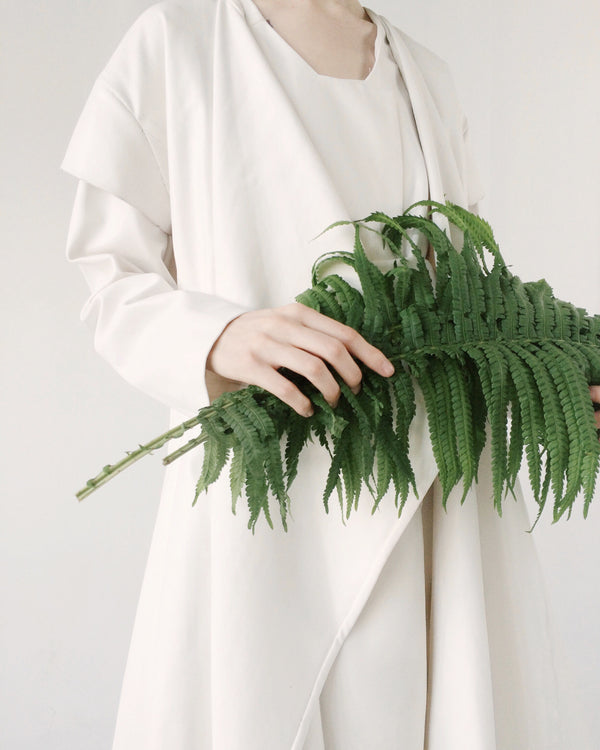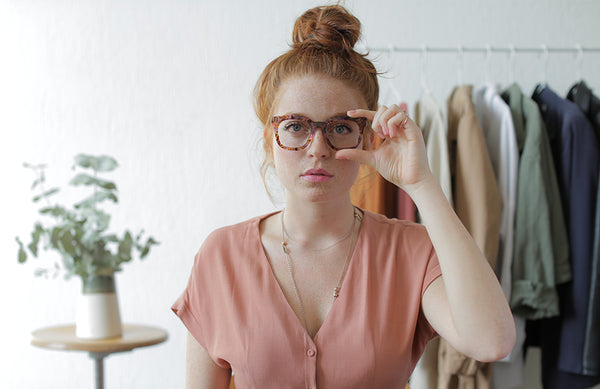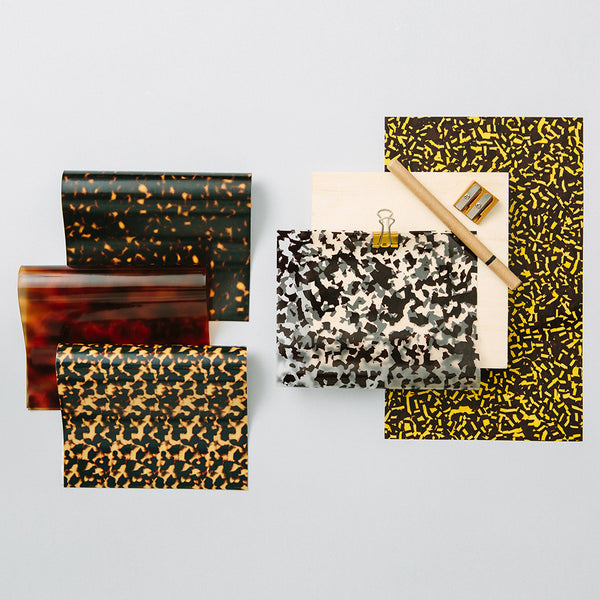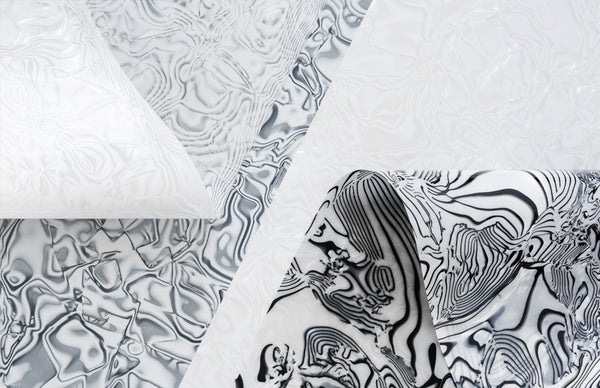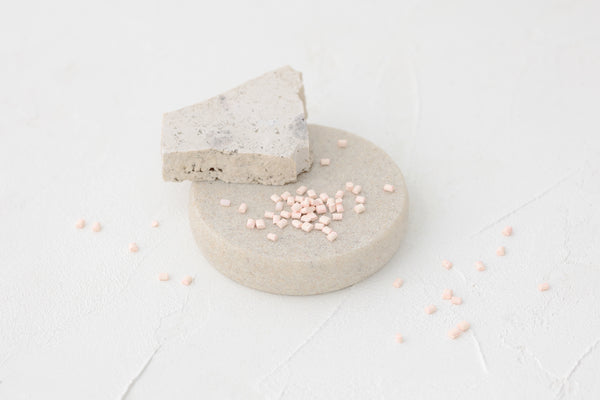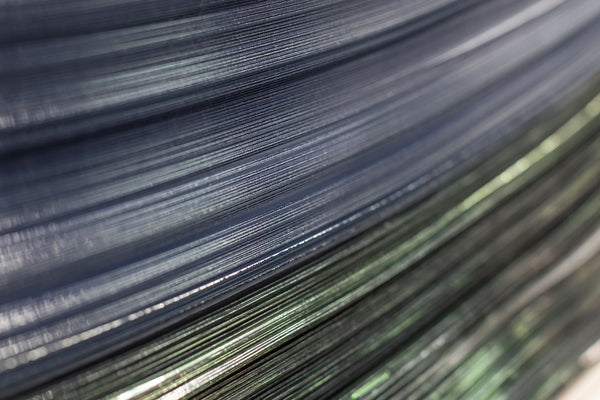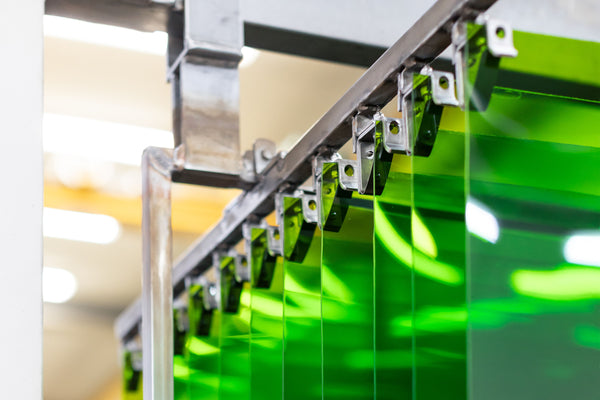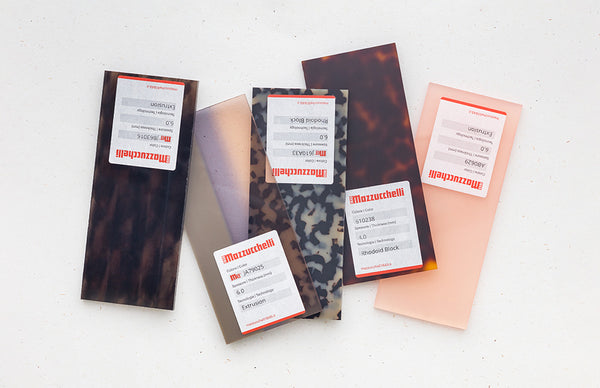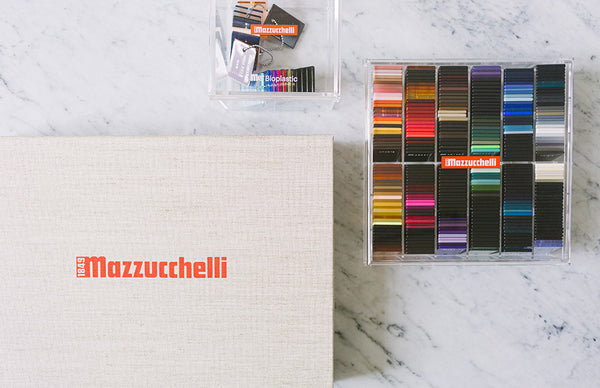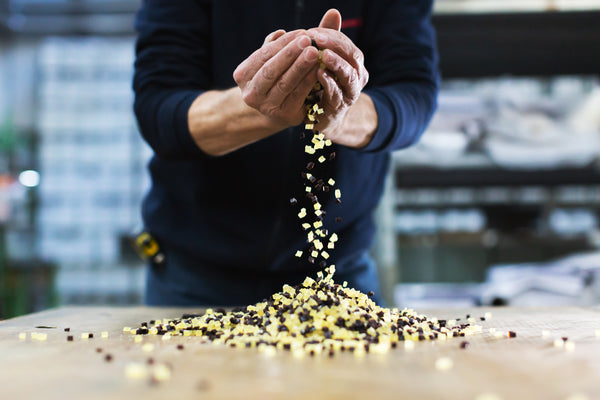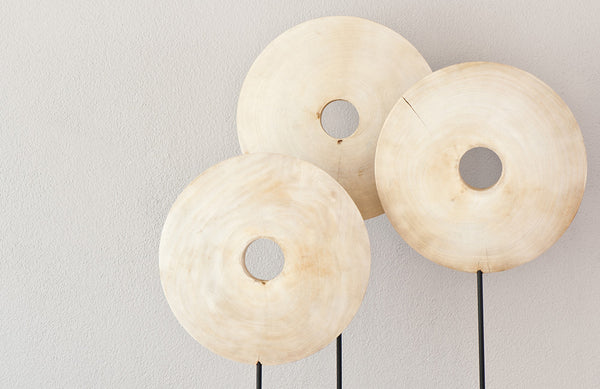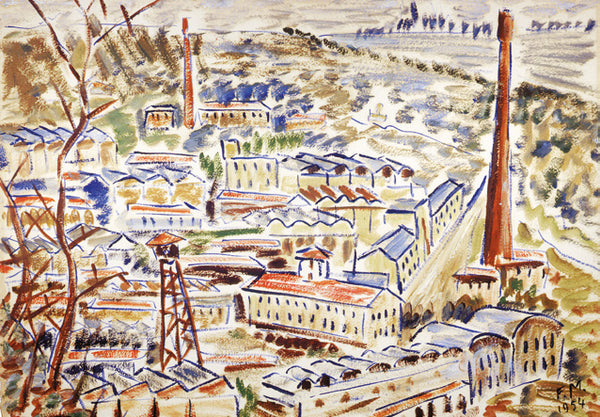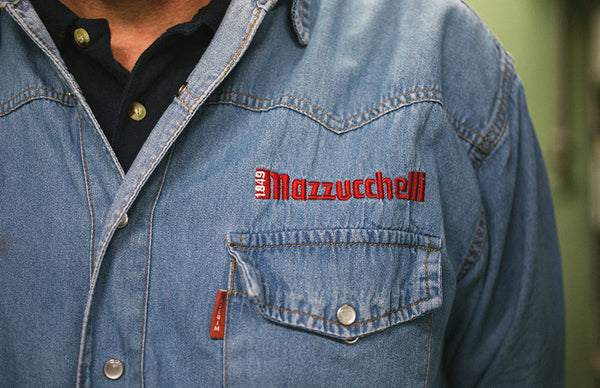
On the Grand Canal there’s a building that will catch your eye because it is one of a kind, a low eighteenth-century structure whose construction has remained mysteriously unfinished. This palace is Palazzo Venier dei Leoni. Probably this name will not tell you so much because the name with which it is known is another .. a name that brings to mind extraordinary works of cubist, abstract and surrealistic art. We are talking about the Peggy Guggenheim collection.
The history of this collection revolves around the extraordinary figure of Peggy Guggenheim, a woman who has been able to determine the course of post-war art, thanks also to Marcel Duchamp who introduced her to artists, intellectuals and writers of the European cultural scene. Her life was full of art, artists were her life blood. Her sensitivity has allowed her to discover amazing yet unknown artists such as Charles Seliger, Mark Rothko and Jackson Pollock. During her life outside the box she therefore surrounded herself with art and artists, became their friend, patron, supporter, she understood their needs and supported their poetics. Her curious and dynamic spirit gave her the chance to become an expert in contemporary art and, at the same time, to develop her own aesthetic vision. And it is precisely the latter that has allowed her to influence not only the world of art but also the world of fashion by not placing limits between these two realities. An example is represented by the accessories that she used to wear created for her by her artist friends, like the earrings designed by Yves Tanguy and Alexander Calder. Another accessory that has made her image iconic is the butterfly-like sunglasses endowed with strong surrealist imprints created in the fifties by Edward Melcarth.
Art that becomes fashion, though, and becomes part of the life of those who surround themselves with it.
The same art that played a central role in Peggy Guggenheim’s life who strongly wanted to reveal it to those who shared the same passion with her.
In 1939 Peggy formulated the idea of opening a modern art museum in London. In 1942 he opened Art of This Century in New York where she exhibited his collection of contemporary art. In 1947 she returned to Europe and the following year she exhibited for the first time at the Venice Biennale in the Greek pavilion. It is at this point that Peggy decided to buy Palazzo Venier dei Leoni to make it her residence and a place to show her collection to the public, allowing visitors to perceive the world through different eyes.
The pervading sensation you get when you walk in this building illuminated by beautiful natural light is to be shrouded in color in all its forms, because colors do not express themselves only through nuances, but also through the rhythm given by the type of brushstroke and by the strength of their thickness. Incredible works that bring back to our mind the colors enclosed in every single Mazzucchelli collection that, for us, contains a work of art in every element of it. We had fun finding some similarities...
Bibliography: La Collezione Peggy Guggenheim.
© 2018 The Solomon R. Guggenheim Foundation, New York.
